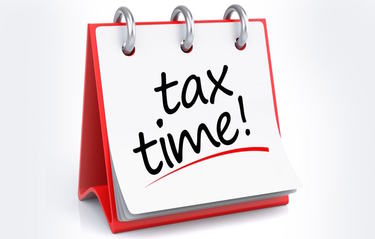
At a centralized level, a federal tax deduction is way to reduce the amount of income that is subjected to taxes. From the gross income of a taxpayer, the tax deductions are subtracted. Tax deductions are the means through which the amount that is payable in taxes is reduced.
What is the prerequisite for accurate filing of taxes?
You are not only in the only among the US citizens whose stress level exacerbates whenever the springtime or tax paying season knocks the door. It is important for the taxpayers to keep in mind that if you want to correctly file your taxes, you need to harbor careful planning and invest significant amount of time in it. If the taxpayer cease to take in to account the need of careful planning while filing for taxes, the available options of federal tax deductions will be overlooked and as a result, the taxpayer will literally give away considerable amount of money to taxes.
Now the federal tax deductions can be segmented in to two broad categories:
So let us now look at the second category of federal tax deductions which is the deductions from gross adjusted income.
The deductions from gross adjusted income comes in to question when on the first page of the form 1040, you add all the sources from which your income comes from. The sources can be dividends, interests, rents from estates, and of course your salary from your employment.
Now, once you have listed down the incomes from all the sources that you employ, in order to arrive at the gross adjusted income, you minus your deductions or the amount that is subjected to taxes.
So, in the year 2018, there are some of the form of deductions that you should take if they relate to your present situation:
Federal tax deductions from retirement plans
Those contributions that are made to retirement plans such as the Individual Retirement account arrangement and Simplified Employee Pension, are subjected to tax deductions. However, in order to enjoy the benefit of tax deductions, the tax payers need to understand the clear cut distinction between the two plans.
The simplified Employee Pension is for self-employed individuals such as realtors, freelancers, and sole proprietors. Whereas the Individual Retirement Account arrangements are for both for self-employed individuals and those who are salary based employees.
So, the taxpayers should realize that if they contribute the savings to these retirement plans, they are tax deductible. So for example, if your income is $100 out of which you pay $20 as the federal tax. And if you invest the remaining money to the SEP or IRA retirement plan, that amount is tax deductible.
It so happens that sometimes, the rules that determine your investment or contributions to these retirement plans are complicated in nature. Therefore it is advisable that you find a Tax Preparer or an accountant who would help you to deal with the complexities that arise.
What are the details regarding the self-employment taxes?
The reason why there is great misperception regarding self-employment taxes is that majority of the business owners fail to deduct the self-employment taxes in the first place. Let us understand this concept of self-employment taxes from the viewpoint of the taxes that are paid by those who work in a salary based job.
If a specific taxpayer is an employee of a firm, he or she has to the expenses of Medicare and social security through personnel withholding that are stated on W-2 form. Furthermore, when the employer pay a significant portion of the tax, he deducts it as a business overhead. In the previous year that is 2017, the both the staff and the employers has to become the taxpayer of 7.65% of the tax.
However when you are a self-employed individual, you need to pay the tax on the behalf of employer and employee. However, by taking advantage of form 1040, you can withhold the employer share of tax paying. At this point, the self-employed taxpayer can make use of Schedule SE to calculate the amount that is subjected to tax deduction.
Thus, these are all the requirements of the Federal tax deduction that the taxpayer should not ignore in the upcoming years.
